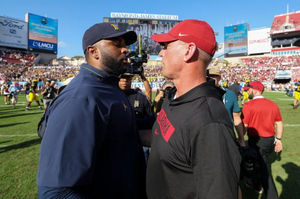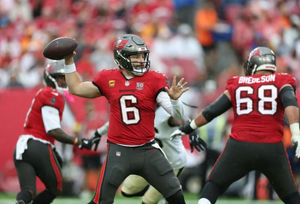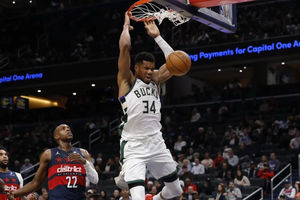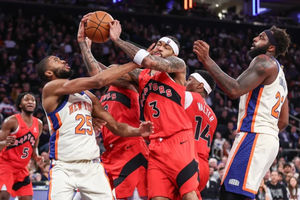How Long is Too Long? The New Debate Around Gym Session Duration
 source: shutterstock
source: shutterstock Many years have passed, and thousands of studies have been conducted, yet there are still some issues that will continue to be debated. One of the main debates in the gym is determining the optimal workout duration.
Key Takeaways
- Short workouts (30-45 mins) are trending for a reason. Science backs it up if done properly. EREPS, ISSA, and AMA are some of the organizations where you can find the studies.
- Long gym sessions can lead to burnout, poor recovery, or even stalled progress. You might be able to handle a 2-hour workout, but the goal is to find the most efficient way.
- There are two main focuses: quality over duration and the goal of the workout (longevity, fat loss, or muscle gain).
Why 90-minute Workouts Are Fading Out
I remember old clips of Arnold when he talked about working out for 6 hours, spending a whole day in the gym, and I always wondered why.
But he proved it worked for him once he won Mr. Olympia. So, why doesn’t it work now? Well, taking steroids for sure helped him, and amazing genetics.
A study in the Journal of Applied Physiology suggests that hypertrophy gains plateau after approximately 45 minutes of intense resistance training. After that, muscle fatigue and poor form start to reduce the quality of sets, making continued effort inefficient or even risky.
The Rise of the 30-45 Minute Sweet Spot
One of the main reasons why people switched to short workouts is the ease of staying consistent, especially when juggling work, school, or parenting.
This is a hormone-friendly window that keeps cortisol levels in check while maximizing testosterone and growth hormone response. Ideal for muscle growth, fat loss, and recovery.
Focus is one of the biggest problems in modern society, so we can’t expect to have it for a full hour with a phone by our side.
Handling a 90+ minute workout in a fast-paced environment is almost impossible. It’s a small mental win for many people to do a short workout, which can help them go through the day.
 source: shutterstock
source: shutterstock The Real Metric: Intensity and Recovery
Forget the clock and think about how well you train. There are 4 main tips I use for short workouts to make them efficient. Besides proper diet, sleep, and similar tips that you can find on every blog, here are 4 that helped me with discipline and consistency.
- Use compound movements - start your sessions with big lifts (presses, deadlifts, squats, etc.). They hit multiple muscle groups and elevate intensity fast.
- Track rest time - at first, I tracked the time, then stopped doing it, and now I notice how important it is. Minimum 30 seconds and max 90 is perfect, depending on the exercise.
- Try supersets or circuits - Yes, you can do push and pull in one session or create a full-body circuit.
- Log every workout - progress tracking builds confidence and keeps you disciplined.
When Longer Sessions Still Make Sense?
If you are a bodybuilder or endurance athlete, your volume needs are higher. When your soccer match lasts 90 minutes, your workouts should as well. This is especially true for endurance training.
According to the American College of Sports Medicine, endurance adaptations like increased mitochondrial density and improved VO2 max require sustained, lower-intensity efforts, often 60 minutes.
Related
Why Kalen DeBoer Should Replace Sherrone Moore at Michigan
Everything to Know About the 2025 NBA Cup Quarterfinals
- Tuesday NBA Cup Best Bets: Picks for Heat vs. Magic and Knicks vs. Raptors
- NHL Picks for Tuesday: Best Bets for Lightning vs. Canadiens and Ducks vs. Penguins
- College Basketball 2025-26 National Title Contenders Best Future Bets
- Eagles vs Chargers Monday Night Football Betting Prediction: Week 14 Bet Picks
- NBA Best Bets Today: Sunday Dec. 7th Top NBA Picks
- Texans vs Chiefs Sunday Night Football Betting Prediction: Week 14 Bet Picks
- Top 10 NFL Player Props for Week 14: Best Bets and Expert Picks












